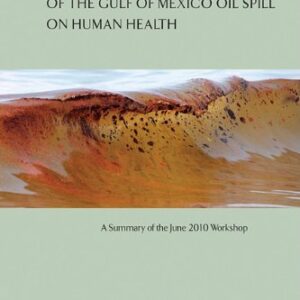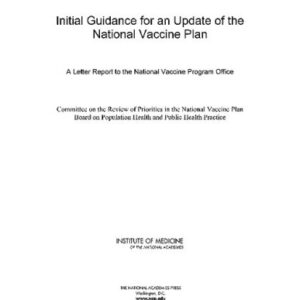The U.S. Environmental Protection Agency (EPA) is one of several federal agencies responsible for protecting Americans against significant risks to human health and the environment. As part of that mission, EPA estimates the nature, magnitude, and likelihood of risks to human health and the environment; identifies the potential regulatory actions that will mitigate those risks and protect public health1 and the environment; and uses that information to decide on appropriate regulatory action. Uncertainties, both qualitative and quantitative, in the data and analyses on which these decisions are based enter into the process at each step. As a result, the informed identification and use of the uncertainties inherent in the process is an essential feature of environmental decision making.
EPA requested that the Institute of Medicine (IOM) convene a committee to provide guidance to its decision makers and their partners in states and localities on approaches to managing risk in different contexts when uncertainty is present. It also sought guidance on how information on uncertainty should be presented to help risk managers make sound decisions and to increase transparency in its communications with the public about those decisions. Given that its charge is not limited to human health risk assessment and includes broad questions about managing risks and decision making, in this report the committee examines the analysis of uncertainty in those other areas in addition to human health risks. Environmental Decisions in the Face of Uncertainty explains the statement of task and summarizes the findings of the committee.

![[PDF] Environmental Decisions in the Face of Uncertainty Committee on Decision Making Under Uncertainty, Board on Population Health and Public Health Practice, Institute of Medicine](https://pdfelite.com/wp-content/uploads/2024/04/0008c764e133d7c48160d79248c3d3e2-d.jpg)




Reviews
There are no reviews yet.